|
|
|||
|
(Back to Preceding Week; on to Next Week) |
|
MIXED FEELINGS AT It was with mixed feelings we traveled north this week from Hilton Pond Center to Mountain Lake Hotel in the highlands above Blacksburg VA. This elegant stone hotel (above)--perhaps most famous as the place where parts of the movie "Dirty Dancing" were filmed--gained a tad more notoriety in 2006 as base for the Ninth Dressler Family Reunion (DFR), a highly enjoyable affair our distaff branch holds triennially at various spots around the country. And just up the road from the hotel is Mountain Lake Biological Station,
All text & photos © Hilton Pond Center When we arrived this year at Mountain Lake Hotel our spirits were lifted by the smile of another old friend, Dr. Jerry Via-- expert birder, assistant dean of Virginia Tech's College of Science, and one of Peggy's original collaborators. Jerry and the ever-ebullient Bill Akers had just completed a week-long nature course at Mountain Lake for Exploritas (formerly Elderhostel) and were insistent--along with hotel manager Buzz Scanland--on trying to continue the birding festival after Peggy's passing. We were pleased to be able to help in this endeavor. We felt Peggy's presence when we saw Ruby-throated Hummingbirds visiting feeders faithfully maintained by Jerry and Bill, and again when we spotted a brilliantly attired adult male American Redstart (above) posing at the very top of an Eastern Hemlock.
Mountain Lake--reputedly the only natural lake in the southern Appalachians--looks very different today than it did in the 70s; in fact, it has changed drastically in just the past eight years. Back in 1977 the impoundment--created 6,000 years ago by a rock slide atop 4,000-foot-high Salt Pond Mountain--covered nearly 50 acres, but seismic shifts and drought conditions allowed water to drain from the lake bottom at a faster rate than rainfall has replenished it. In May 2006 lower water levels were evident from exposed mud flats (above) surrounding the lake and, alas, this year (below) Mountain Lake was scarcely more than a puddle.
In this most recent photo the lake is significantly smaller, as indicated by huge house-sized boulders to the left; in the 2006 photo--taken from about the same angle--these rocks are barely visible but still provide a sense of scale. Researchers have determined Mountain Lake has dried up almost completely as many as four times in its history; thus, everyone hopes the current low water levels are just a temporary blip. Mountain Lake when full is oligotrophic, i.e., the water is so cold and lacking in nutrients it is essentially plant- and algae-free--making the lake quite clear. These days, with much shallower depths and muddy rainy day run-off, the water looks much different and is on its way to being eutrophic and laden with microorganisms--like Hilton Pond. Even though Mountain Lake may not be as scenic when almost empty, plenty of guests still visit the hotel for its hospitality and fine dining and lots of folks like to wander newly exposed mud flats looking for relics. This year we heard an interesting story about a local father-son team (Timmy & Chris Dalton) who in September 2008 discovered a pair of old-fashioned men's shoes in the muck (above right, photo courtesy Giles Co. sheriff); alongside were other items, including a ring and pocketknife, old coins, and . . . a skull fragment. The latter caught the attention of the Giles County VA sheriff's department, which cordoned off the lake bed and treated it like a crime scene. Investigators speculated the artifacts belonged to a man who had fallen from a boat on Mountain Lake and--perhaps shocked by very cold water--quickly sank more than a hundred feet to the bottom and was never seen again. The mystery was finally solved in October 2008 when a woman in far-off Orangeburg SC happened to read a wire story about the mud flat discovery and remembered family stories about her great-uncle slipping off the bow of a rowboat and perishing at Mountain Lake--90 years ago in 1920!
All text & photos © Hilton Pond Center We doubt anyone is going to be disappearing beneath the surface of today's much smaller and shallower Mountain Lake, but there are still plenty of discoveries to be made on trails around it that wind throughout the property managed by Mountain Lake Conservancy. Wildlife and wild flora abound on the 2,600 acres, so this week when we weren't lecturing or banding hummingbirds we were busy taking photos of whatever we could find. Although rain interfered on two of three days we were present, we still managed to get images of such natural amenities as the hoary old Groundhog (above) that helps keep grass cut on the hotel lawn. (If you're wondering how big this Mountain Lake Woodchuck might be, compare it to the Ox-eye Daisy at far right in the photo; it's a hog!)
All text & photos © Hilton Pond Center Groundhogs, Marmota monax--AKA Woodchucks or Whistlepigs--don't chuck wood at all but eat lots of grasses and forbs. They nip off vegetation with sharp front incisors--after all, they ARE big rodents--and grind them up with an almost as formidable set of molars. We never see Groundhogs at Hilton Pond Center, they being animals of somewhat higher elevations than our 700 feet; to our knowledge there is only one documented Groundhog record from our South Carolina home county of York. Despite their scarcity here at home they commonly put in appearances along mountain Interstates and the Blue Ridge Parkway, where roadside shoulders offer grass AND culverts or rock piles they appropriate as dens. Note the short ears, flattened skull, long whiskers, and heavy claws on the Groundhog above; these are all adaptations for a fossorial (burrowing) existence. Note also the "agouti" pattern of the Groundhog's new spring pelage, in which individual hairs have alternating light and dark bands. Each hair's light tip lacks melanin pigment and eventually wears off, meaning the animal may look increasingly darker as summer progresses.
All text & photos © Hilton Pond Center Because Salt Pond Mountain peaks at nearly 4,000 feet and is more than 200 miles north of Hilton Pond Center, one would be correct in assuming spring arrives at Mountain Lake quite a bit later than here in South Carolina's Piedmont. In fact, during our late May visit we found greenup was at least a month behind and some trees on the highest ridge tops were just beginning to leaf out. We were pleased to see our favorite mountain evergreen--Eastern Hemlock, Tsuga canadensis (above)--celebrating passage of the seasons by sprouting pale green needles on the tips of its branches. Regretfully, this species is being hammered by Woolly Adelgids, tiny sap-sucking insects that pierce hemlock needles and cause them to wither and fall off. Many of the most venerable Eastern Hemlocks at Mountain Lake have succumbed to this scourge from Asia; ring counts from a tree that died recently on the lakeshore revealed it was close to 500 years old!
All text & photos © Hilton Pond Center One tree species that seems to have a brighter future than hemlocks is a hardwood whose foliage is pictured above. Although the leaves might not look it, they are from one of the maples--Mountain Maple, to be exact, Acer spicatum. This is a tree of higher altitudes (the Appalachians as far south as northern Georgia) and northern latitudes (as far north as central Canada). As a shrubby sapling, Mountain Maple--sometimes known as "Moosewood" or "Moose Maple" because it gets browsed by that big ungulate in New England and Canada--waits patiently on the forest floor until an opening develops in the canopy; with a new rush of sunlight to fuel its growth, Moosewood expands quickly into a 25-foot-tall understory tree. Folks often confuse Mountain Maple leaves with those on a relative called Striped Maple, A. pensylvanicum. However, this tree's young twigs and trunks on have distinctive streaks of white and green along their lengths, and its leaves are much more finely toothed that those shown above in Mountain Maple.
All text & photos © Hilton Pond Center Another of Mountain Lake's hardwoods that occurs more commonly in northern latitudes is Yellow Birch, Betula alleghaniensis. This tree is relatively long-lived for a birch--up to 200 years--but eventually even old specimens succumb to ravages of weather, insects, and old age. We found one limbless, leafless, lifeless Yellow Birch snag (above) still standing 60 feet tall--this despite decomposing efforts of Tinder Polypore (Fomes fomentarius, a hoof-shaped bracket fungus sometimes used for starting fires) and a family of Pileated Woodpeckers (who employed their substantial bills to expose beetle grubs deep within the birch's heartwood). We suspect within a few years this particular birch snag will be on the ground where it will become home to a whole 'nother assortment of decomposers.
All text & photos © Hilton Pond Center The winter of 2009-2010 wasn't the worst to hit Mountain Lake and vicinity, but there was substantially more snow and chilly weather than usual. On the forest floor we saw plenty of deadfall caused by wind or heavy snow load, and some trees showed fresh freeze scars caused by particularly cold temperatures. Some hardy wildflowers such as Buttercups, Ranunculus sp., exhibited imperfect blossoms (above) where a late freeze apparently damaged petals while they were still in the bud stage.
All text & photos © Hilton Pond Center Even though Mountain Lake is about a month behind Hilton Pond Center's spring phenology, plenty of resident and migratory birds were well along in their breeding cycle. One American Robin nest (above) in a low-growing juniper contained three half-grown chicks that were so active we could barely capture a motion-free image as they begged our camera lens for food. While we photographed these nestlings and their bright orange "target area" mouths we thought about the Mountain Lake Migratory Bird Festival--and of Peggy Spiegel Opengari and great times we had with her in the highlands of both Virginia and Costa Rica. Together, I'm happy to say, we had watched and banded Ruby-throated Hummingbirds within their breeding territory at Mountain Lake AND on their wintering grounds 1,800 miles away in Cañas Dulces. Such memories do make for mixed feelings now that Peggy's gone, but we're grateful for having known such a terrific person and are hopeful the Mountain Lake festival will continue as one of her many legacies to the world of birds and birding. All text & photos © Hilton Pond Center
All text & photos © Hilton Pond Center POSTSCRIPT #1: I met Peggy Spiegel Opengari in January 2005 as she came bouncing toward me in the open-air baggage depot at Daniel Oduber Quiros International Airport at Liberia, Costa Rica. She had just completed a 5-hour flight from the U.S. and her face was beaming (above, left foreground), her eyes were fluttering excitedly, and her inimitable smile lit up the entire airport. As I stuck out my hand to shake hers and welcome her to Guanacaste Province, her first words were "Hi, Bill, I’m here to help you learn something nobody knows about Ruby-throated Hummingbirds." It was great start to a warm relationship I truly cherish but that was cut far too short when Peggy passed away in the summer of 2009. Peggy had come to Costa Rica four years ago as a citizen scientist in support of Operation RubyThroat: The Hummingbird Project, a research-education-conservation initiative I established in 1984 through Hilton Pond Center for Piedmont Natural History near York SC. Peggy had been to Costa Rica several times and had even led groups of her own to Monte Verde and other rain forest sites, but when she learned of my plan to expand hummingbird work into Central America she was one of the first people to sign on as a volunteer field assistant, a "citizen scientist." Peggy’s group, dubbed "The Second Wave," flew into Liberia on the same afternoon my very first group--"The Pioneers"--were flying out.
Peggy quickly became a team leader on that Costa Rica expedition, up well before dawn and already asking countless questions, eager to get back into the field. She stimulated us with her energy and thoughtful comments, and she and I resolved to maintain contact after everyone returned to the U.S. I’m very pleased we did continue our relationship through phone calls and e-mail. Happily, Peggy asked me to present at the 2006 Mountain Lake Migratory Bird Festival near Pembroke VA, where I really got to witness her amazing organizational and leadership skills. When Peggy introduced my evening lecture that year, her brief comments about me and our hummingbird work in Costa Rica were so touching the lump in my throat rendered me nearly unable to start my talk. But that’s the way Peggy was—succinct, warm, sincere, and able to get inside your head and heart. I was honored to return to Mountain Lake to lecture and band hummingbirds again in 2007 and 2008, when Peggy warmly greeted me, my wife Susan, and other speakers like old friends we had become. During the Festivals, Peggy and I had many lengthy conversations, reminiscing about our Costa Rica experience and marveling over great looks we’d had of so many birds around Mountain Lake during the day. Like many of you, I was devastated to hear of Peggy's illness earlier this year and was saddened greatly when she finally lost her battle with cancer on 17 July 2009. I was touched once again to learn she had pre-selected the Ruby-throated Hummingbird to adorn the cover of her funeral program, and even more so when she told mutual friend Jerry Via in her final days her trip with me to study ruby-throats in Costa Rica was the highlight of her extensive birding life. Other folks helped plan and implement the Mountain Lake Migratory Bird Festival, of course, but Peggy obviously was the driving force behind its success. Thus, I dearly hope the Festival will be offered once again in 2010 in memory of this wonderful woman and her love of birds. I was pleased to learn Roanoke Valley Bird Club has conceived one other way to memorialize Peggy's life and work: The Peggy Spiegel Opengari Memorial Fund, which annually will award a grant toward hummingbird projects or research. The Virginia Society of Ornithology, with its 501(c)(3) nonprofit status, has agreed to accept donations on behalf of RVBC.
|



 where we spent an idyllic summer in 1977 with wife Susan and five-month-old Billy while taking our first ever ornithology course and--not coincidentally--getting introduced to the art and science of bird banding. All these were happy memories, but we were saddened by the thought that our reason for going back this year--to lecture and band at the annual Mountain Lake Migratory Bird Festival--meant we would not be welcomed by the bright smile of Peggy Spiegel Opengari (above right). Peggy, an alumna of our second Operation RubyThroat hummingbird expedition to Costa Rica, helped start and was the driving force behind a Mountain Lake festival that was greatly diminished when she passed away in mid-2009 from pancreatic cancer. Peggy was regionally famous for her presentations about birds, and we were deeply touched when she told friends shortly before her death that her trip to band hummers with us in Costa Rica was the highlight of her birding life.
where we spent an idyllic summer in 1977 with wife Susan and five-month-old Billy while taking our first ever ornithology course and--not coincidentally--getting introduced to the art and science of bird banding. All these were happy memories, but we were saddened by the thought that our reason for going back this year--to lecture and band at the annual Mountain Lake Migratory Bird Festival--meant we would not be welcomed by the bright smile of Peggy Spiegel Opengari (above right). Peggy, an alumna of our second Operation RubyThroat hummingbird expedition to Costa Rica, helped start and was the driving force behind a Mountain Lake festival that was greatly diminished when she passed away in mid-2009 from pancreatic cancer. Peggy was regionally famous for her presentations about birds, and we were deeply touched when she told friends shortly before her death that her trip to band hummers with us in Costa Rica was the highlight of her birding life.

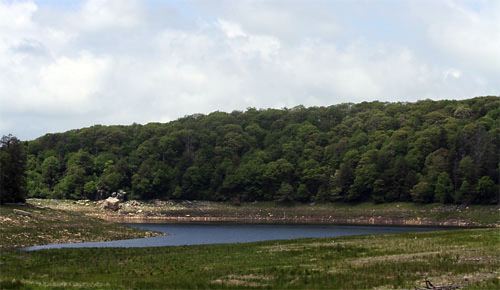

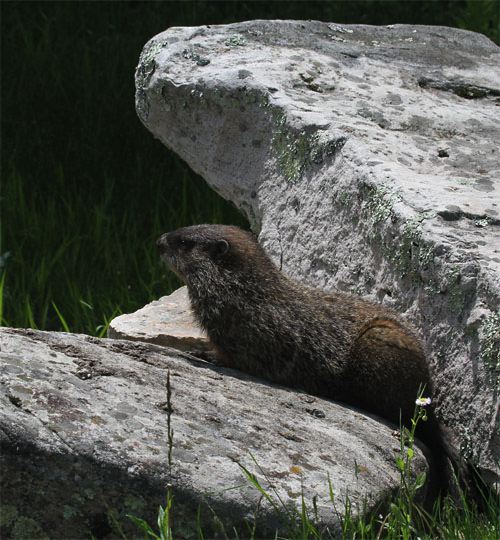

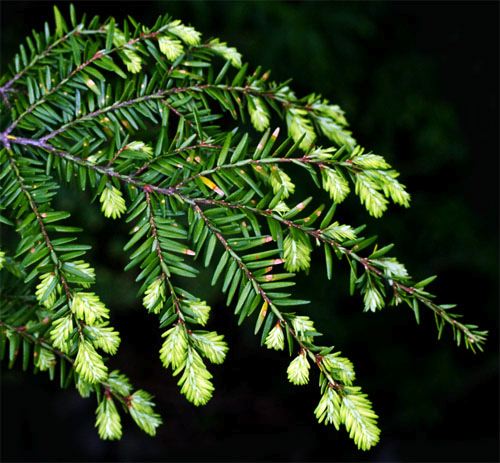
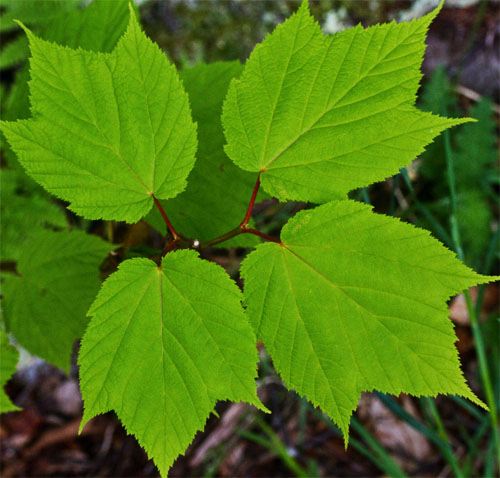
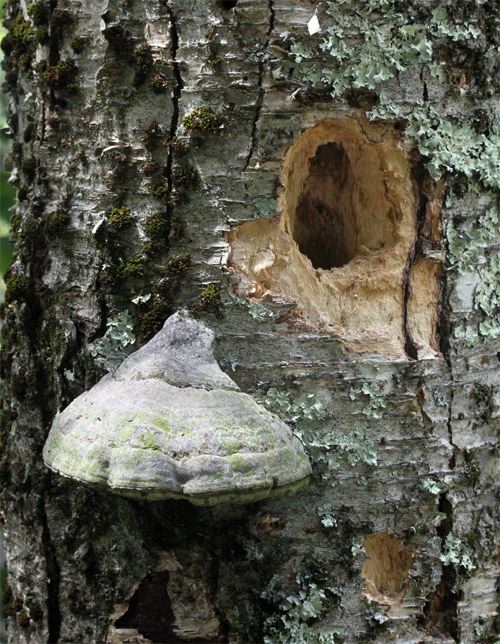
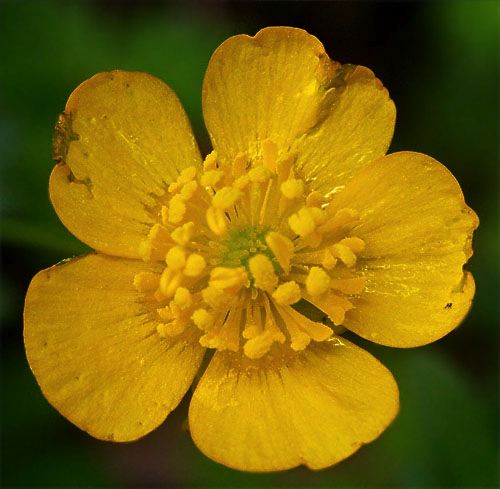
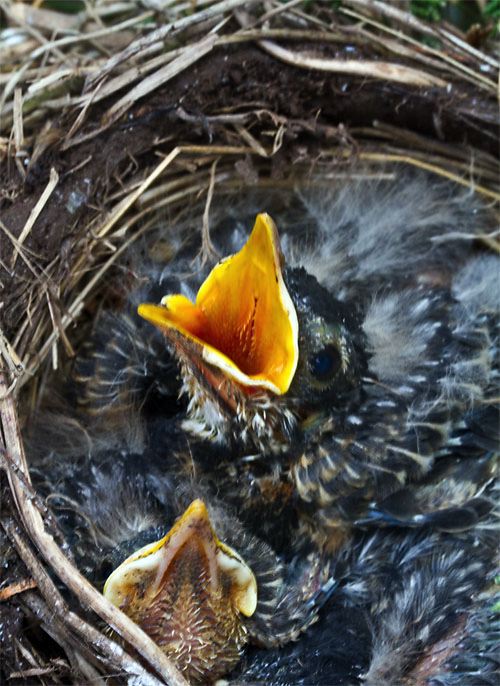
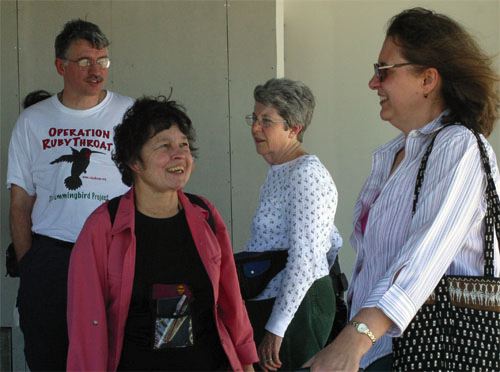
 For the next eight days Peggy (standing below right, with Patsy Davis) and her colleagues spent productive mornings in the tropical heat, deploying mist nets and pull-string traps as the team became part of the first systematic long-term effort to capture, band, and observe Ruby-throated Hummingbirds within their non-breeding range in Central America. And, as she had promised, the effervescent Peggy and her new friends helped add new information about ruby-throat behavior. Among other things, the Second Wave was first to document Ruby-throated Hummingbirds seem to be just as territorial in the Neotropics as they are on breeding grounds in North America.
For the next eight days Peggy (standing below right, with Patsy Davis) and her colleagues spent productive mornings in the tropical heat, deploying mist nets and pull-string traps as the team became part of the first systematic long-term effort to capture, band, and observe Ruby-throated Hummingbirds within their non-breeding range in Central America. And, as she had promised, the effervescent Peggy and her new friends helped add new information about ruby-throat behavior. Among other things, the Second Wave was first to document Ruby-throated Hummingbirds seem to be just as territorial in the Neotropics as they are on breeding grounds in North America.